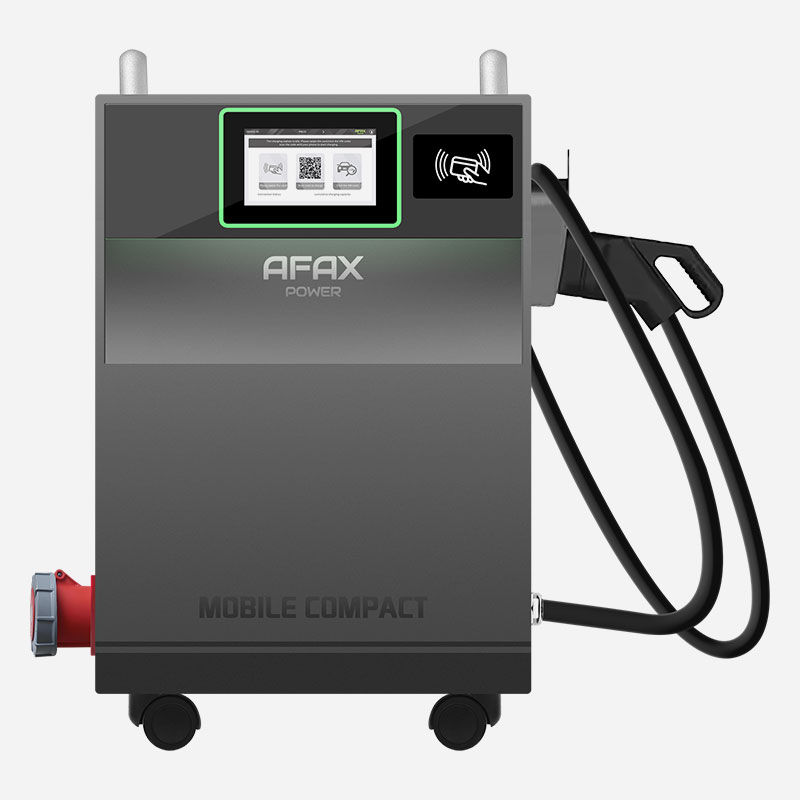DC EV Charging Stations: Powering the Future of Electric Vehicles
- afaxpower5
- Aug 10, 2024
- 2 min read
Introduction
As electric vehicles (EVs) gain popularity, the need for efficient charging infrastructure becomes increasingly important. DC EV charging stations, also known as DC fast chargers or DC charging piles, are at the forefront of this revolution, offering rapid charging solutions for electric vehicle owners.

What are DC EV Charging Stations?
DC EV charging stations use direct current (DC) to charge electric vehicle batteries quickly and efficiently. Unlike traditional AC chargers, which require the vehicle to convert AC to DC, these stations deliver DC power directly to the vehicle's battery, significantly reducing charging time.
Benefits of DC EV Charging Stations
Faster Charging Times: DC chargers can charge an EV battery to 80% capacity in as little as 30 minutes, compared to several hours with AC chargers.
Higher Power Output: DC charging stations can provide up to 350 kW of power, allowing for rapid charging of EVs.
Convenience: Often located in high-traffic areas such as shopping centers, highways, and public parking lots, making them easily accessible to EV drivers.
Reduced Range Anxiety: The speed and availability of DC chargers help alleviate concerns about long-distance travel in EVs.
How DC EV Charging Works
DC charging stations bypass the vehicle's onboard charger and deliver DC power directly to the battery. This process eliminates the need for power conversion within the vehicle, resulting in faster and more efficient charging.
#ElectricCarCharger #7kwelectriccarcharger #evchargingstationwithocpp #11kwevcharger #carchargerfastcharging
Types of DC EV Chargers
CHAdeMO: Developed in Japan and used by some Asian manufacturers.
CCS (Combined Charging System): The standard in Europe and North America, compatible with many EV models.
Tesla Supercharger: Proprietary to Tesla vehicles, though adapters are available for some models.
The Future of DC EV Charging
As EV adoption increases, we can expect to see continued advancements in DC charging technology. Future developments may include:
Ultra-fast charging capabilities, potentially reducing charging times to under 10 minutes
Integration with renewable energy sources for more sustainable charging
Smart charging systems that optimize power distribution and reduce grid strain
Expanded charging networks to support long-distance EV travel
Conclusion
DC EV charging stations are playing a crucial role in the widespread adoption of electric vehicles. By offering fast, convenient, and efficient charging solutions, these stations are helping to overcome one of the main barriers to EV ownership. As technology continues to advance, DC charging will undoubtedly shape the future of sustainable transportation.




Commenti